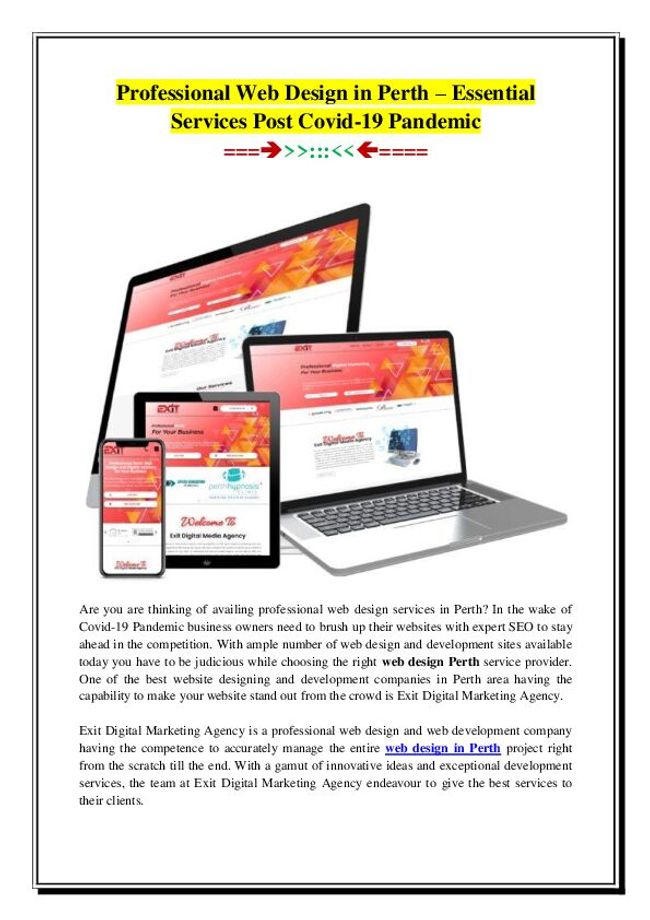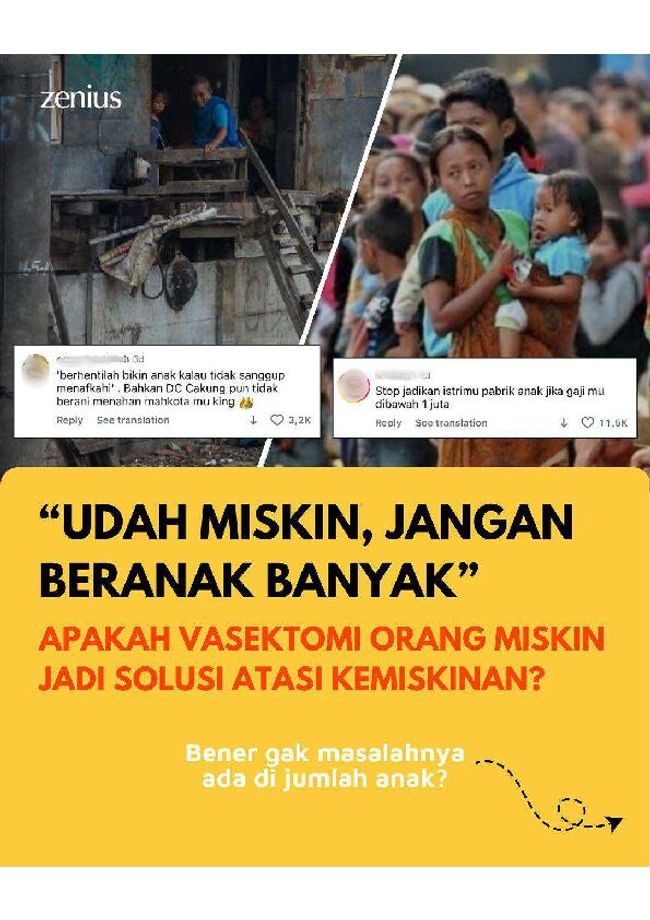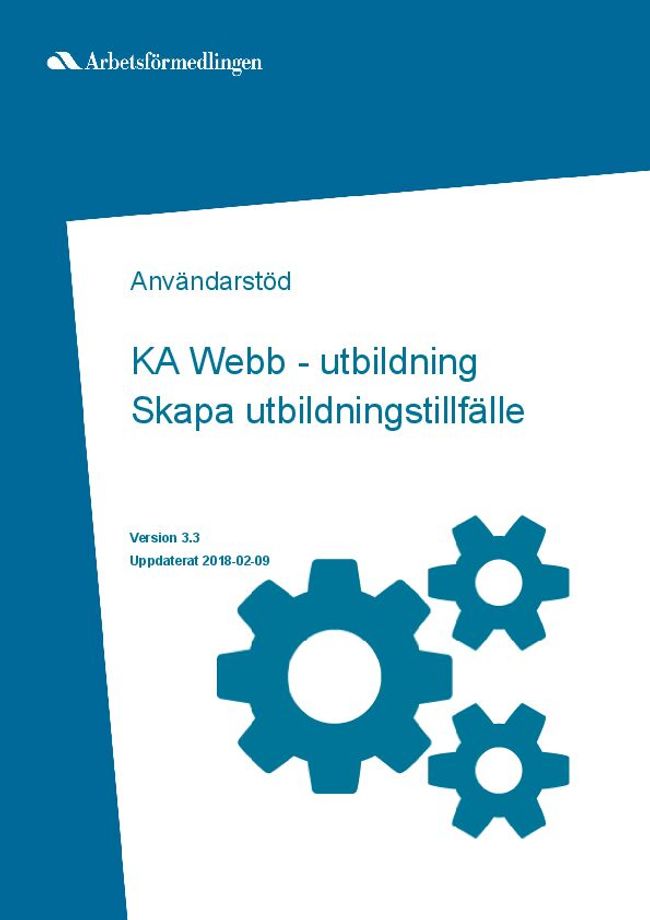Search results (143,150)
The Provocative Joan Robinson
CC BY-NC-ND
One of the most original and prolific economists of the twentieth century, Joan Robinson (1903–83) is widely regarded as the most important woman in the history of economic thought. Robinson studied economics at Cambridge University, where she made a career that lasted some fifty years. She was an unlikely candidate for success at Cambridge. A young woman in 1930 in a university dominated by men, she succeeded despite not having a remarkable academic record, a college fellowship, significant publications, or a powerful patron. In The Provocative Joan Robinson, Nahid Aslanbeigui and Guy Oakes trace the strategies and tactics Robinson used to create her professional identity as a Cambridge economist in the 1930s, examining how she recruited mentors and advocates, carefully defined her objectives, and deftly pursued and exploited opportunities.

Representing Mass Violence: Conflicting Responses to Human Rights Violations in Darfur
Joachim Savelsberg J.
CC BY
How do interventions by the UN Security Council and the International Criminal Court influence representations of mass violence? What images arise instead from the humanitarianism and diplomacy fields? How are these competing perspectives communicated to the public via mass media? Zooming in on the case of Darfur, Joachim J. Savelsberg analyzes more than three thousand news reports and opinion pieces and interviews leading newspaper correspondents, NGO experts, and foreign ministry officials from eight countries to show the dramatic differences in the framing of mass violence around the world and across social fields.“A pathbreaking examination of the multiple international narratives around Darfur by human rights advocates, humanitarians, journalists, and diplomats. Thorough and rigorous—an essential contribution to the scholarship.” — ALEX DE WAAL, Executive Director, World Peace Foundation at the Fletcher School, Tufts University“Darfur is the modern genocide that refuses to end, and this volume gives this mass atrocity the attention it deserves. It does so in highly original ways, including an unprecedented global analysis of media coverage, activism, and advocacy.” — JOHN HAGAN, John D. MacArthur Professor of Sociology and Law at Northwestern University and Co-Director of the Center on Law and Globalization at the American Bar Foundation in Chicago“Joachim Savelsberg’s engagement with the critics of the human rights regime, coupled with his analysis of media representations and their national variations (and similarities), provides a perspective that is more encompassing than anything I am aware of.” — DANIEL LEVY, Professor of Sociology at Stony Brook UniversityJOACHIM J. SAVELSBERG is Professor of Sociology and Law and Arsham and Charlotte Ohanessian Chair at the University of Minnesota. He is the coauthor of American Memories: Atrocities and the Law and author of Crime and Human Rights: Criminology of Genocide and Atrocities.

Framing in Sustainability Science: Theoretical and Practical Approaches
CC BY
This open access book offers both conceptual and empirical descriptions of how to “frame” sustainability challenges. It defines “framing” in the context of sustainability science as the process of identifying subjects, setting boundaries, and defining problems. The chapters are grouped into two sections: a conceptual section and a case section. The conceptual section introduces readers to theories and concepts that can be used to achieve multiple understandings of sustainability; in turn, the case section highlights different ways of comprehending sustainability for researchers, practitioners, and other stakeholders. The book offers diverse illustrations of what sustainability concepts entail, both conceptually and empirically, and will help readers become aware of the implicit framings in sustainability-related discourses. In the extant literature, sustainability challenges such as climate change, sustainable development, and rapid urbanization have largely been treated as “pre-set,” fixed topics, while possible solutions have been discussed intensively. In contrast, this book examines the framings applied to the sustainability challenges themselves, and illustrates the road that led us to the current sustainability discourse.

Högskolans ansvar: Principer för utveckling av den högre
Andrew Casson
CC BY
What should a university be? How can universities make a sounder and more lasting contribution to better lives and better societies in a globalised world? From a Swedish perspective, this new book challenges current ideas about what higher education is for. It presents fifteen principles for future development that range from a discussion of the nature of knowledge to the responsibility of the university in the development of society. Universities must become better at allowing and encouraging students to develop independence of thought and action through self-formation, bildung, and personal growth rather than merely preparing them for a specific job, the books says, using a historical perspective to consider these issues. This book is written in Swedish: Vad br en hgskola vara? Hgskolans ansvar ifrgastter nutidens dominerande uppfattningar om vad den hgre utbildningen ska syssla med och hur den ska vara utformad. Boken presenterar femton principer fr radikal frndring i allt frn kunskapssyn till den hgre utbildningens ansvar fr samhllets framtida utveckling. Hgskolor och universitet borde bttre kunna utnyttja de enorma kunskapsresurser de besitter fr att ta sig an de stora samhllsutmaningarna. De mste ocks se till att studenter fr utveckla styrka och sjlvstndighet i tanke och handling genom en tydligare fokus p bildning och personlig vxt och inte bara frbereda dem fr de frsta ren i ett framtida jobb. Framtidens samhlle kommer att krva att alla medborgare fr tillgng till hgre utbildning, rtt utformad, terkommande genom hela livet.

Recent Technical Developments in Energy-Efficient 5G Mobile Cells
CC BY
This book addresses the true innovation in engineering design that may be promoted by blending together models and methodologies from different disciplines, and, in this book, the target was exactly to follow this approach to deliver a new disruptive architecture to deliver these next-generation mobile small cell technologies. According to this design philosophy, the work within this book resides in the intersection of engineering paradigms that includes “cooperation”, “network coding”, and “smart energy-aware frontends”. These technologies will not only be considered as individual building blocks, but re-engineered according to an inter-design approach resulting in the enabler for energy efficient femtocell-like services on the move. The book aims to narrow the gap between the current networking technologies and the foreseen requirements that are targeted at the future development of the 5G mobile and wireless communications networks in terms of the higher networking capacity, the ability to support more users, the lower cost per bit, the enhanced energy efficiency, and adaptability to new services and devices (for example, smart cities, and the Internet of things (IoT)).

Networks and Institutions in Europe's Emerging Markets
CC BY-NC-ND
Do ties between political parties and businesses harm or benefit the development of market institutions? The post-communist transition offers an unparalleled opportunity to explore when and how networks linking the polity and the economy support the development of func-tional institutions. A quantitative and qualitative analysis covering eleven post-socialist countries combined with detailed case studies of Bulgaria, Poland, and Romania documents how the most successful post-communist countries are those in which dense networks link polit-icians and businesspeople, as long as politicians are constrained by intense political competition. The comparison of original network data sets shows how this combination allowed Poland to emerge with stable institutions. Bulgaria, marred by weak institutions, corruption, and violence, cautions us that in developing economies intense political competition alone is harmful in the absence of dense personal and ownership networks. Indeed, as Romania illustrates, networks are so critical that their weakness is not mitigated even by low political competition. This title was made Open Access by libraries from around the world through Knowledge Unlatched.

Artificial Intelligence for Everyone
GPT, Swanolulu
This work is licensed under a Creative Commons Attribution-NonCommercial 4.0 International License.
An educational all-ages handbook where you'll learn about the exciting potential of AI and how it can make a positive impact in the world. You'll discover how AI is already changing the way we live and work, and explore the ethical considerations that come with this rapidly evolving technology. To further engage with the topics in the book, we've also created an interactive element. Using the power of AI, suggested questions that go along with the text can be used on ChatGPT to learn more and engage in your own conversations. You can ask questions about specific concepts, explore real-world examples, and even delve into ethical debates surrounding AI. So whether you're a curious reader, a business leader, or a student, this book and its interactive companion will provide you with valuable insights and inspiration. Join us on a journey of discovery and unlock the power of AI for yourself!

Medical Toothpaste and non-medicinal toothpaste What’s the difference.pdf
Akums Drugs and Pharmaceuticals Ltd
Medical Toothpaste and Non-Medical Toothpaste: What’s the Difference?

MANASA DEFENCE ACADEMY
NDA COACHING IN INDIA#nda#ndatraining#trending NDA coaching in India! If you're aspiring to join the National Defence Academy, you've come to the right place. At Manasa Defence Academy, we pride ourselves on providing the best training and guidance to help students excel in their NDA exams and secure their futures in the Indian Armed Forces. call: 77997 99221 web: www.manasadefenceacademy.com #nda #ndacoaching #manasaacademy #defencecoaching #ndaexam #bestcoaching #indianarmedforces #studyfor

Singer Emanuela Rabinska on photography for the music video of the song Les papillons.pdf
Singer Emanuela Rabinska on photography for the music video of the song Les papillons
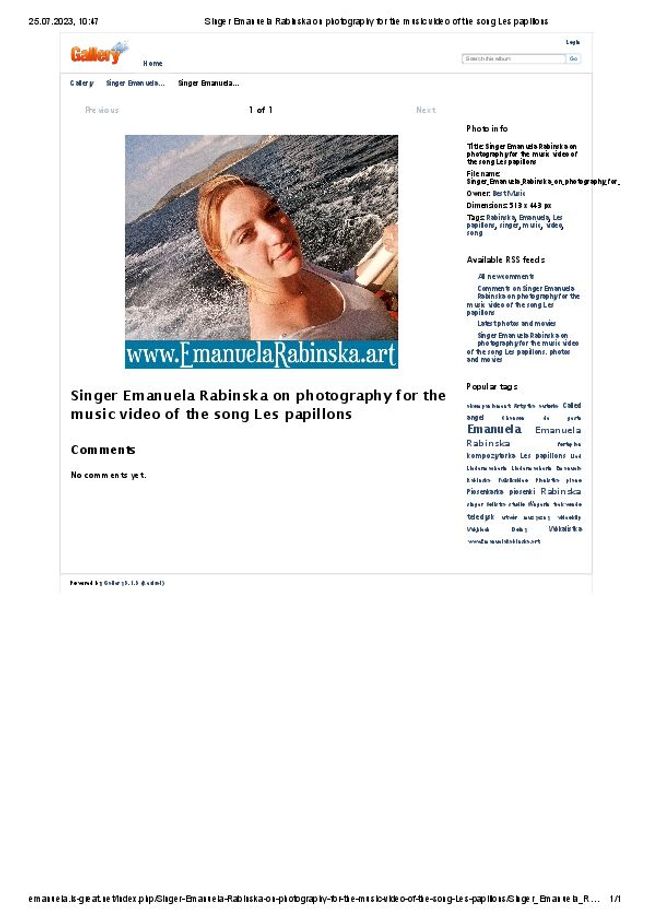
New Concepts in Oxidation Processes
CC BY-NC-ND
This Special Issue of Catalysts aims to cover the recent progress and novel trends in the field of catalytic oxidation reaction. Topics addressed in this special issue concern the influence of different parameters on catalytic activity at various scales (atomic, laboratory, pilot, or industrial scales), the development of new catalytic materials of environmental or industrial importance, as well as the development of new methods, both microscopic and spectroscopic, to analyze oxidation processes.
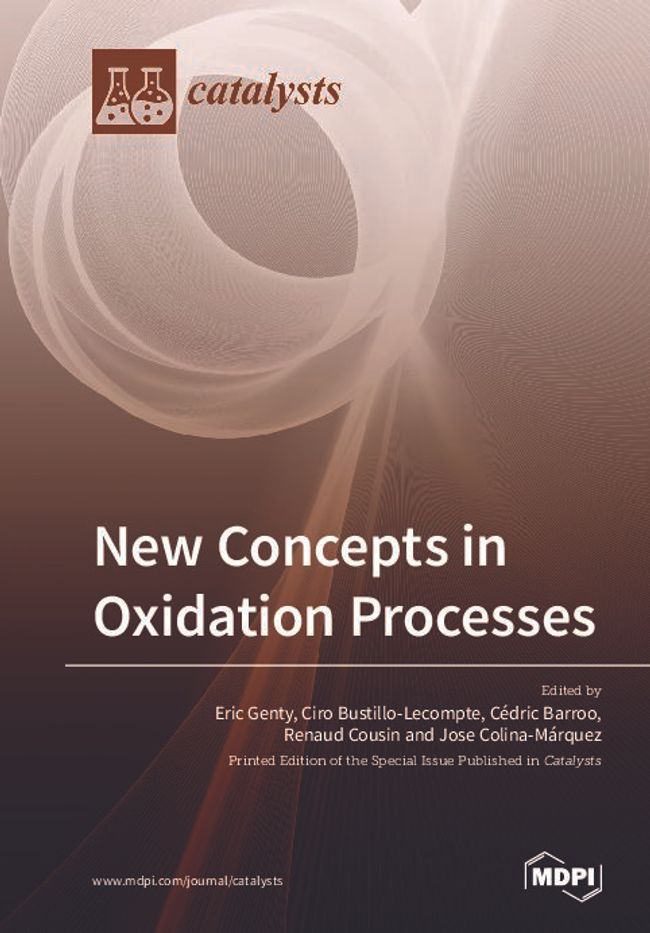
Polymeric Systems as Antimicrobial or Antifouling Agents
CC BY-NC-ND
The rapid increase in the emergence of antibiotic-resistant bacterial strains, combined with a dwindling rate of discovery of novel antibiotic molecules, has created an alarming issue worldwide. Although the occurrence of resistance in microbes is a natural process, the overuse of antibiotics is known to increase the rate of resistance evolution. Under antibiotic treatment, susceptible bacteria inevitably die, while resistant microorganisms proliferate under reduced competition. Therefore, the out-of-control use of antibiotics eliminates drug-susceptible species that would naturally limit the expansion of resistant species. In addition, the ability of many microbial species to grow as a biofilm has further complicated the treatment of infections with conventional antibiotics. A number of corrective measures are currently being explored to reverse or slow antibiotic resistance evolution, Among which one of the most promising solutions is the development of polymer-based antimicrobial compounds. In this Special Issue, different polymer systems able to prevent or treat biofilm formation, including cationic polymers, antibacterial peptide-mimetic polymers, polymers or composites able to load and release bioactive molecules, and antifouling polymers able to repel microbes by physical or chemical mechanisms are reported. Their applications in the design and fabrication of medical devices, in food packaging, and as drug carriers is investigated.

Serviced Apartments Are A Perfect Fit For The New Normal.pdf
Steffan Devin
A brand-new year is here and so are new beginnings! Kudos to us for having bounced back from the pandemic and adapting to the New Normal. Trade is picking up pace bringing with it the hustle and bustle of old times.
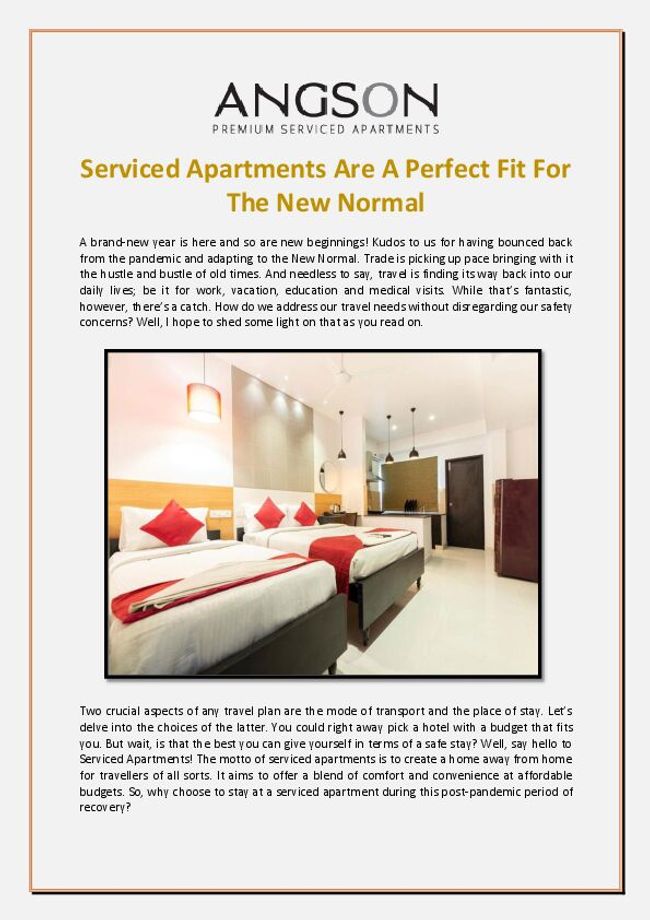
Inside Sujit Chatterjee Leadership at Hiranandani Hospital.pdf
Sujit Chatterjee Hiranandani Hospital kidney
The reputation of Sujit Chatterjee Hiranandani Hospital kidney care has flourished under his leadership. Through his efforts to streamline procedures, prioritize patient safety, and ensure transparency in each treatment, Dr. Chatterjee has earned the trust of both local and international patients. His contributions to the field have established Hiranandani Hospital as a trusted provider of kidney care. Patients feel secure knowing they’re receiving care from a team led by a highly experienced professional who emphasizes both medical expertise and ethical healthcare practices.
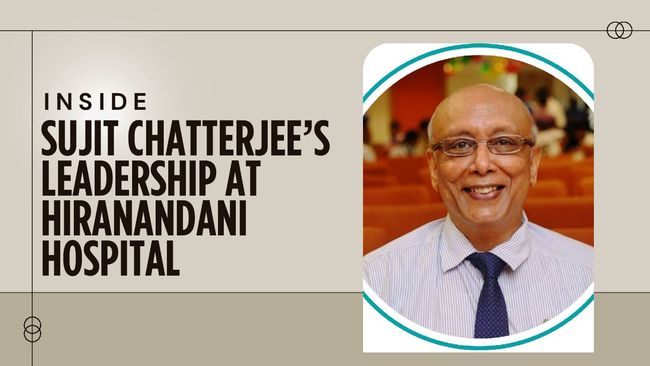
Crafting Legacy The Importance of Emblem Logo Design—Subraa (2).pdf
For heritage brands, establishing a deep connection to tradition and authenticity is key to maintaining their legacy. Emblem logo design, characterized by its intricate details and cohesive structure, offers the perfect blend of timelessness and sophistication. Whether you’re revamping an existing brand identity or creating a new one, a skilled Company logo designer can craft an emblem logo that captures the essence of your company’s rich history. The Appeal of Emblem Logo Design An emblem logo design combines text, symbols, and shapes into a single cohesive unit, often resembling a crest, badge, or seal. This design style naturally conveys a sense of prestige and tradition, making it ideal for heritage brands. Its structured layout communicates stability and trust, qualities that resonate deeply with consumers seeking reliability and authenticity. Why Emblem Logos Work for Company Logo Design When it comes to company logo design Singapore, an emblem logo stands out for its versatility. It works seamlessly across various mediums, from packaging and signage to digital platforms. For heritage brands, the intricate details of an emblem logo add depth, reflecting the brand’s story and values. The design can incorporate vintage elements, custom typography, or symbolic imagery to emphasize a brand’s connection to its roots. Additionally, emblem logos are timeless. Unlike trend-driven designs, they exude a classic appeal that transcends changing design fads, ensuring the logo remains relevant for years to come. The Role of a Skilled Logo Designer Crafting an emblem logo requires expertise and precision. A company logo designer can translate your brand’s heritage into a visually compelling emblem that resonates with your audience. From selecting appropriate colors and typography to integrating meaningful symbols, a designer ensures every element of the logo reflects your brand’s identity. For heritage brands, an emblem logo design is more than just a symbol — it’s a mark of legacy and trust. By investing in thoughtful company logo design with the help of an experienced logo designer, you can create a logo that proudly represents your brand’s history while appealing to modern audiences. Design here: https://www.subraa.com/
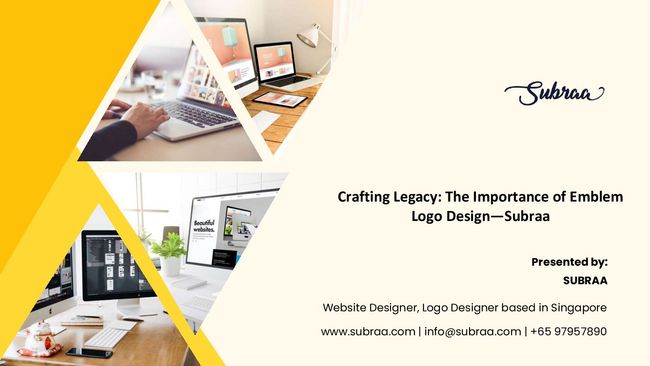
Whatsapp Business: Efficient Loan & Account Alerts
WhatsApp Business simplifies loan updates, account alerts, and financial reports—making banking more convenient for customers worldwide. . Contact Us:- website: https://spaceedgetechnology.com/whatsapp-business-api/ Email: [email protected] Phone: 9871034010 . #whatsappbusinessapi #bestwhatsappapi #whatsappapiservice

What Does It Mean That Cash App Failed For My Protection.pdf
What Does It Mean That Cash App Failed For My Protection?
When you make payment from your Cash App account, you find some difficulties due to numerous reasons. However, you might also face the same problems if Cash App Failed For My Protection. To avoid all such hurdles, you have to contact the Cash App support executives who will provide you with the right guidance. https://www.7qasearch.net/blog/cash-app-payment-failed-for-my-protection/







